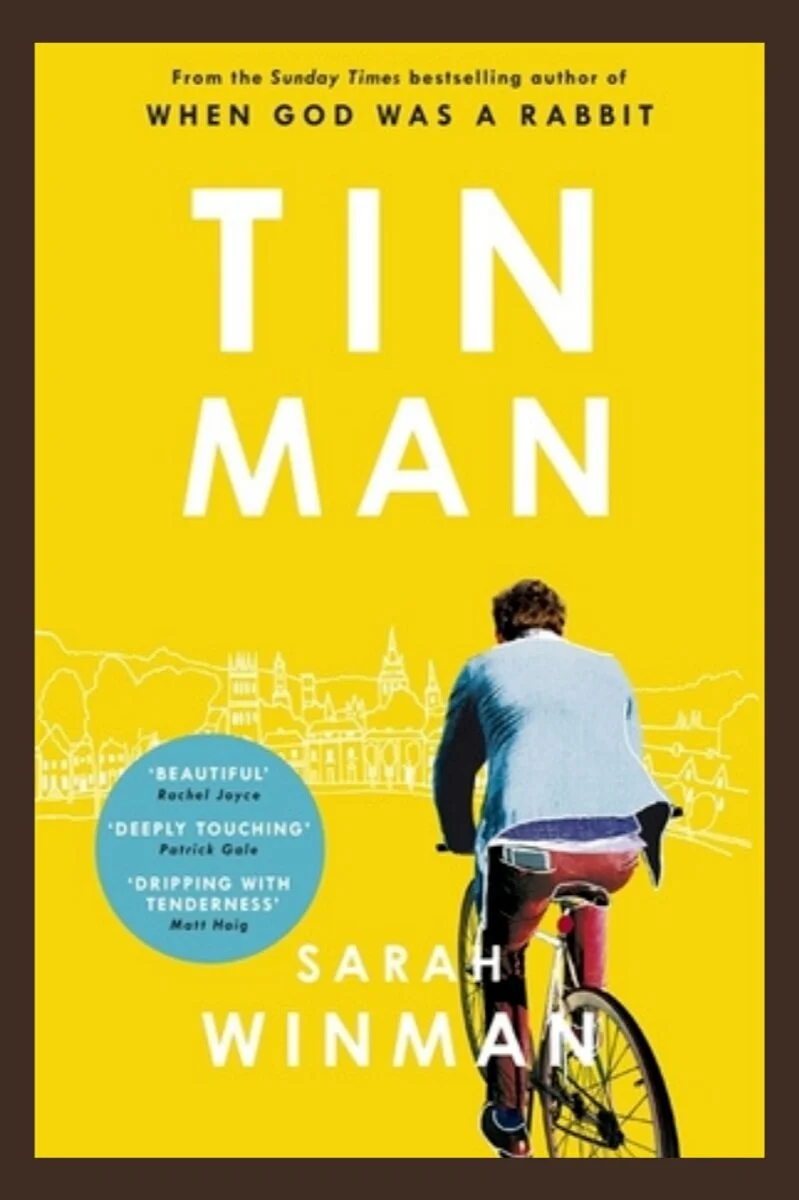My Government Means to Kill Me – Rasheed Newson
Expectation: Yet another take on the Great American AIDS novel.
Reality: A propulsive page-turn that expertly marries fact and fiction. It’s more plot driven than character driven but that’s okay when a story is this entertaining and informative.
My Take:
“My Government Means to Kill Me” is the type of debut novel that signals the arrival of a soon-to-be household name. Rasheed Newson pulled off a remarkable feat, marrying fact, fiction and social commentary into a propulsive page-turner.
I casually started listening to this on a Saturday afternoon and made every excuse — gardening, walking, cooking, cleaning and long drives — to keep listening. While I was somewhat let down by the ending, “Government” is easily the best historical fiction I’ve read this year.
Like Dorothy stepping into Oz, we follow 17-year-old Earl “Trey” Singleton as he arrives on a life-changing adventure in New York City. While born into a well-heeled and respectable family, he needs to flee his oppressive parents and close-minded life in Indianapolis to live openly as a Black gay man. He quickly finds, however, that activism needs to be as important as his carnal pleasures.
From leading a rent strike to coming face-to-face with a bathhouse serial killer and becoming an early volunteer with ACT UP, Newson places Trey in real situations with real people — some with significant roles in the narrative, like Bayard Rustin and Larry Kramer. While many other reviewers have stated that it reads like a memoir, the happenings are far too convenient for that to be the case.
Still, this was a fresh take on New York City in the 1980s. It’s not the usual AIDS novel — one focused on either saviorism or hopelessness — it’s primarily a social justice novel showing what different minority groups had to do to survive in dirty and corrupt New York and the conservative United States.
Alternately thought provoking and entertaining, “Government” seems destined for the screen, which isn’t surprising since Newson is a television writer. This writing is more tell than describe, which usually bothers me, except the dialogue here is quick and the action is meaningful.
Some of this was aided by Jelani Alladin’s fantastic narration. He had a lot of fun with the material and infused personality into each character – both factual and fictional. You could tell he was having fun with Trey, his roommate and best friend, Gregory, and real-life people, such as Rustin and Fred Trump. He also navigated some blush-inducing scenes in the bathhouse with seductive flair that at times made this a little steamy.
However, I learned from other reviews that a physical copy may be the way to go. Newson packed the text with footnotes that provide historical context and that was missing during my listen. A few times I Googled characters or events for more background, and it would’ve been easier to know upfront what was an amalgamation versus genuine. This would be a great hybrid read/listen.
Here’s a few things I particularly loved about the novel:
The connection to Indianapolis. As a born and raised Hoosier (like Newson), I appreciated how he peppered the narrative with nods to the city — locales, professions and people. Even though Trey needed to leave to be himself, he still thought of it fondly. Who doesn’t have that relationship with their hometown? It also served as the setting for a plot point that leads to an explosive showdown with his mother in the last chapter.
A microscopic view of broader events. Newson covers A LOT of ground in less than 300-pages, but he assumes most readers know the basics of key events, like early struggles with the AIDS response. He doesn’t bog you down with details, rather he places Trey in key events to give you a birds eye view of what it may have been like in the moment. This was effective when discussing bathhouse culture, home hospices that were frequently run by lesbians and the infighting amongst different groups about what was the “right” approach to receiving HIV/AIDS support.
The evolution of Trey [minor spoilers]. Trey is a firm anti-hero by the end of the novel. He’s spurned his family and his best friend and treats people like objects. Maybe this was necessary at the time when it was better to guard your heart because people died so frequently, but he becomes a user and manipulator. We know he’s telling this story later in life, so I’d love a sequel to see how his mindset shifts as he matures.
What I didn’t like:
Ends on a cliffhanger. I absolutely loved the showdown with Trey and his mother and Trey and Gregory in the final chapters. It was reminiscent of “Giovanni’s Room” — James Baldwin also gets a shoutout earlier in the story — but then things end. This novel is in desperate need of an epilogue.
The emotion is lacking. There are some highly charged moments — both sexually, physically and politically — but the writing is a little distant. Maybe this is a product of Newson’s background in television (the actor would bring the emotion to the words) or trying to balance historical realities with modern sensibilities, but I only felt a few sections. I don’t need paragraphs of internal dialogue to know how something is impacting a character, but this ended up more plot driven than character driven in the end.
In summary, this is a riveting, graphic and unflinching view of the not-too-distant past that’s still tailored for the masses. Put it on your radar for Pride Month 2023 (if not sooner). It deserves a wide audience.
Rating (story): 4.5/5 stars
Rating (narration): 4/5 stars
Formats: Audiobook (library loan)
Dates read: August 27 – August 30, 2022
Multi-tasking: Good to go. The plot moves quickly, and the writing is smooth. This is perfect for exercising or yard work.





